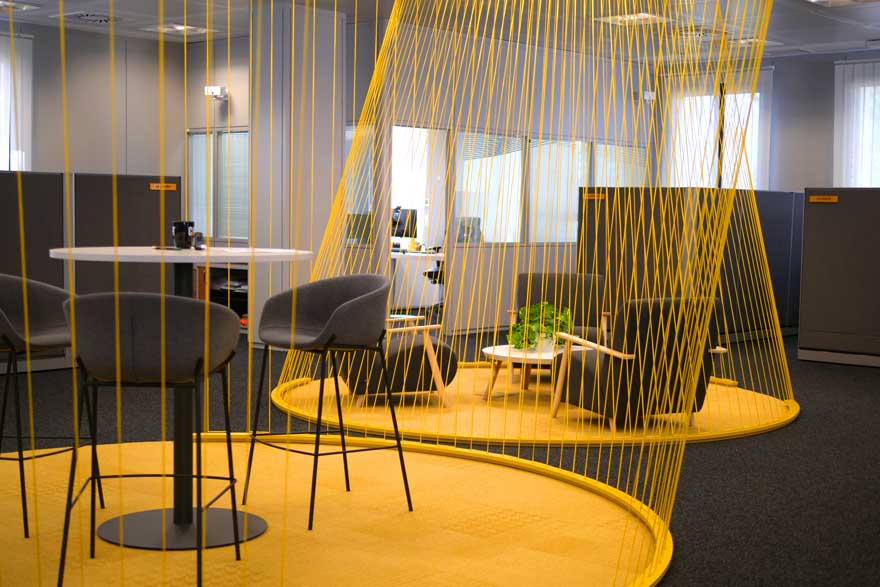
How is Big Data similar to office design?
We live in the age of communications, where the information that we have at the reach of a click is the basis of our day to day. The irruption of technology and all that it entails has a great impact on us and on the decisions we make. Finally, Big Data and design come together to create smart spaces.
“The world is changing at a speed never seen before. The traditional way of doing things no longer works… demand accelerates growth and innovation must be greater.”
Alejandro Pociña, Steelcase Spain and Portugal president
As architects and interior designers, our job is to solve problems and/or needs through design. The importance of collecting data at the beginning is our motto.
In our case, the first information collection we do is with the briefing and the initial interview (we tell you about it in the blog “The 10 phases of an interior design project“). Data that we try to analyze, order and interpret correctly to resolve different situations.
today’s demands in office design
Today’s office design is far from that of the past, where the same space had to house as many workers as possible. Current office design accommodates flexible spaces that enable teamwork, informal meetings and creativity. All this, without abandoning the areas designed for greater privacy and concentration.
For an office design to work and respond to all the needs of its users, extensive data collection must be carried out. The objective is to find out which places in the office are being used the most, for what purpose or reason, which ones they would need in the future, lighting conditions, people flows, work dynamics, technological requirements… among many others.
This is where Big Data comes in.
In the age of technology, everything is measurable.
smart offices design and Big Data
Big Data is extremely useful both for the distribution of spaces in offices and to improve the quality of life of its users. In fact, through this system, answers can be given to questions that were not even known. So, it allows detecting problems, providing solutions and even predicting possible future scenarios.
But what is it? Big Data seems abstract and difficult to understand. However the large number of possibilities it offers in all areas, brings us closer to understanding what it is all about. We landed seeing its application in the interior design of offices:
A great example is that of Zaha Hadid’s team. Faced with an office design, it anticipated the needs of the employees by analyzing, through sensors, noise, temperature, lighting and the different work areas. In this way, they determined in advance where to position people according to their work schedules and make a more accurate design.
Another example of the use of Big Data and office design is the one carried out by Steelcase. Thanks to the implementation of motion sensors and the subsequent data collection, they were able to determine when the workstations were used and when they were free. This allowed us to understand the behavior and pattern of large groups of people over long periods of time.
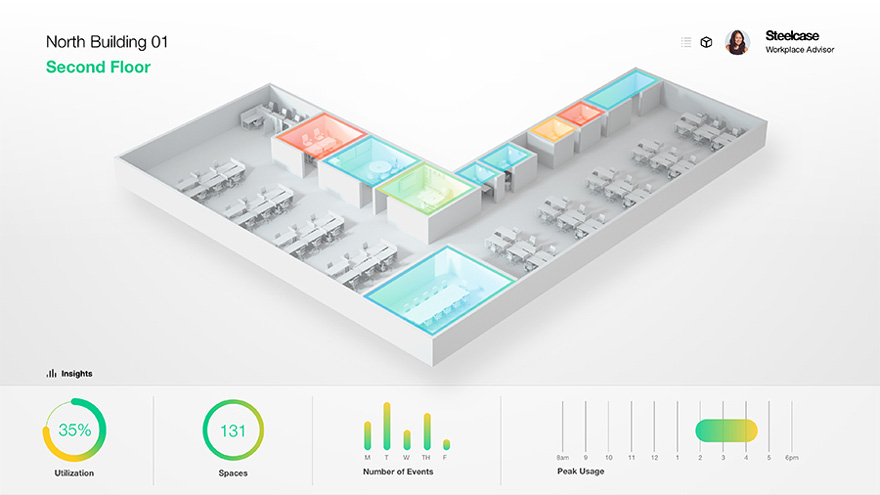
the power of information
The work environment is constantly evolving accompanied by the exponential growth of technological resources. Information is power and companies know it.
Big Data has come to stay and become a powerful tool for generating smart interior designs. The office design of the future will depend on architects and interior designers who know how to organize, interpret and manage data. All this, including the sensitivity in the design and the comfort during the process.
Always considering the information about the needs that our clients transmit to us, we are specialists in designing offices and workspaces. If you are curious to see some examples, you can find them at this link: office designs with the Filbak seal.
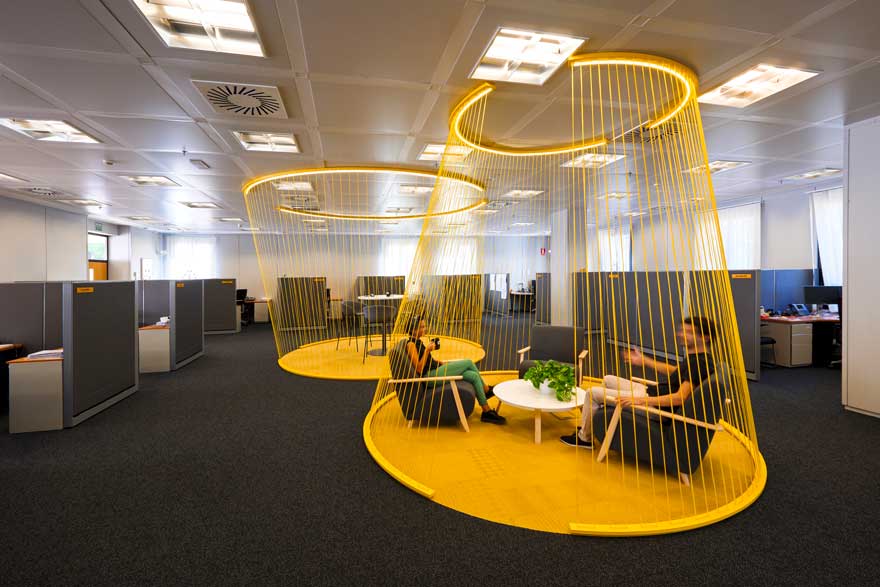
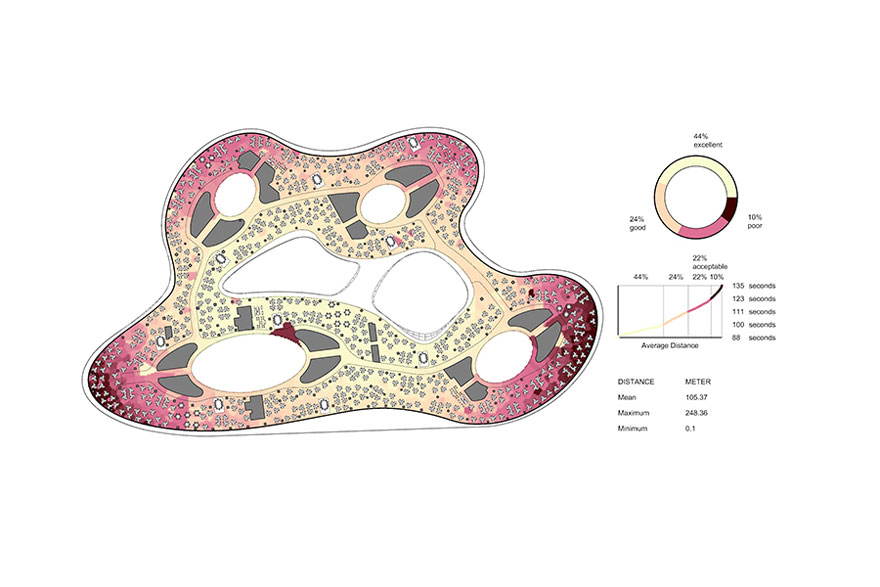
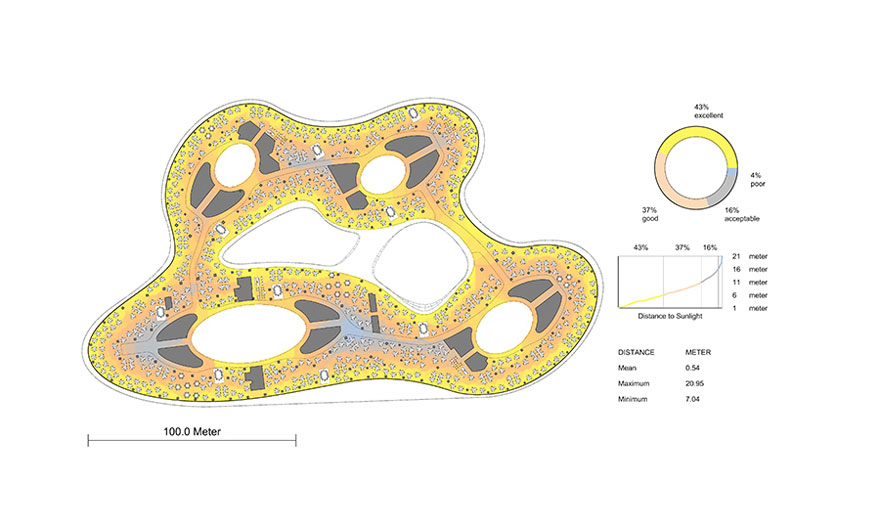
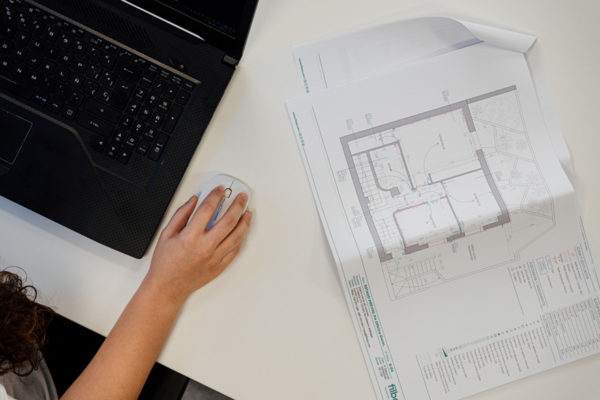

Leave your comment